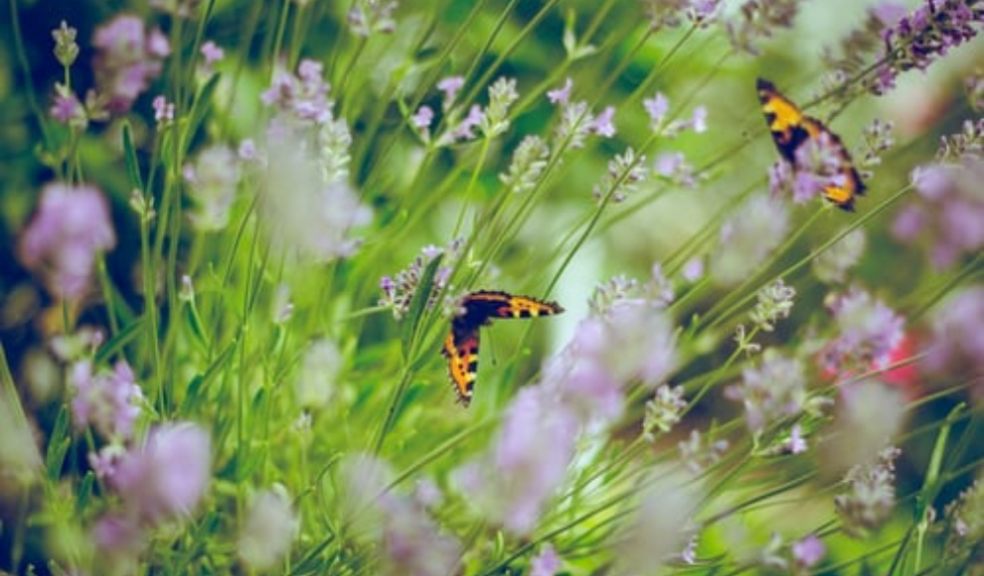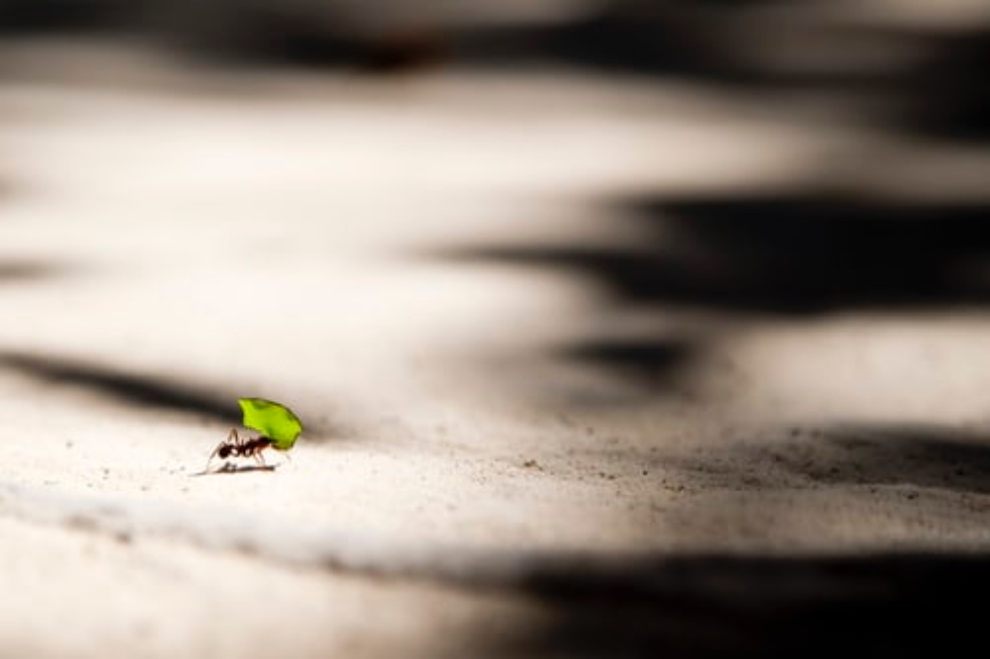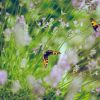
What Species Are Good For A Garden?
Those who really understand the complexity and diversity of plants view gardening as an art. What now seems like a hobby or casual activity was the essence of survival for humans back in the earliest days. Practicality was the main purpose behind gardening; growing vegetables and other important crops was a way for humans to finally step outside the vicious loop of hunting for animals and suffering from harsh environmental conditions. Decorative gardens were a form of luxury even in the ancient days, as humans became more civilized and class hierarchies were formed. Gardens were enclosed by wooden fences and a lot of the crops that were planted in those luxurious gardens were alternated according to the seasons.
It’s important to not leave your garden under the mercy of its surrounding environment; sometimes controlled addition of certain species helps it grow faster and healthier. To help you narrow down the best species that can be good for your garden, we’ve made a helpful list.
Bees
Bees are known to be the greatest pollinators of flowers and fruits; they are responsible for the majority of pollination that occurs around the world. There are around 20,000 different species of bees; the majority of bee species are Solitary Bees, which are famous for their small and fluffy figure. Unlike honeybees and other social species, they do not nest in colonies, choosing above-ground abodes as their favorite nesting locations. You can attract them by ensuring that you have a few cavities or varieties of holes in your garden.
Bats
It’d be such a shame if you can’t enjoy your garden after taking a lot of time planting and organizing it because of pests like flies and mosquitos. Bats are known to be a ferocious hunter of flies with a huge appetite for them. One brown bat can actually eat a few hundred mosquitos and flies in one night, which means a couple of them will put a serious halt to any crepuscular situation you may have. Aside from flies and mosquitos, insect-eating bats target pests like moths and caterpillars, which can wreak havoc on your garden if left unchecked. Fruit-eating bats are known to be great pollinators of flowers, ranked alongside bees and butterflies. You can either attract native bats or buy them to house them in your garden.
Dragonflies
Dragonflies are amongst the greatest aerial hunters in the world. With a success rate of 95%, dragonflies can target and nab insects like flies and mosquitos mid-air. They are beautiful to look at while being quite good at hunting down harmful pests like midges, gnats, and mosquitos. Your summers will be much more pleasing if you have them around your garden. Dragonflies and damselflies are known as ecological solutions to adult moth and caterpillar populations. Attracting them is easy if you have a pond and water features in your garden.
Frogs and Salamanders
Frogs and salamanders are known to be generalist predators, which means that they don’t have a specific appetite that curbs their interest to only harmful pests. Frogs can also eat beneficial insects like dragonflies and ladybugs, but they usually target herbivore insects that are harmful to your garden because they’re easier targets. Crowds of leaf-eating bugs are usually the easiest targets for amphibians like frogs and salamanders. You can attract them by creating a suitable environment by introducing foliage and small frog houses that provide shade and cover from bigger predators.
Ants
Ants were farmers for millions of years before we even came to being. Not all types of ants are the same, but the majority of ants act like a pesticide that protects crops from being attacked by other troublesome insect species. One of the main benefits of ants is how they condition the soil by aerating it, pushing it to grow further thanks to the extra oxygen intake. According to research done by the Journal of Applied Ecology, ants can protect plants from pests as effectively as lab-made pesticides. In some cases, ants can outperform pesticides when it comes to the efficiency of protection; cashew trees protected by weaver ants produce higher quality and yield than trees treated with synthetic pesticides.

Songbirds
Many wildlife species such as birds are harder to be pigeonholed. While the existence of some is undesirable to your garden, still there are some avian visitors that are extremely beneficial for farms and gardens. Songbirds are rather important to your garden because they often feed on harmful crop pests such as snails, slugs, beetles, and others, especially during their breeding season when they have to feed their babies. Their feeding habits result in reducing leafhoppers by almost about 50% and weakening the damaging effect of caterpillars. Luring these types of birds is easy when you know which insect-eaters live near your garden and what they need.
Plants that Attract Wildlife
There are some plant species that are known to attract a lot of helpful organisms to your garden. Planting them will ensure that your garden can support various helpful species to ensure their long-term survival.
- Goldenrod plants can support up to 115 different species of wildlife that are beneficial to your garden. There are around 125 species of goldenrod that grow across the US. It attracts insects, spiders, and birds that feed on harmful pests in your garden.
- The famous sunflower plant is known for its looks, but not many know how beneficial it is when it comes to protecting your garden. It can support around 73 different helpful species thanks to its nectar and pollen.
- The Aster plant family is quite huge with different species that survive under different conditions like in meadows, pastures, roadsides, and other environments. They are season-alternating species, which means that you have a wide variety to choose from. These plants ensure that you attract a lot of bees and butterflies with their abundant nectar and pollen, in addition to looking pretty.
- Joe Pye is a famous native alternative for many other invasive plant species. You’ll be hard-pressed to find a pollinator garden without a few species of Joe Pye. They support around 42 different species of wildlife.
The thing makes gardening more complex than what many think is the variety of different species of plants, animals, and insects introduced to the ecosystem, whether it’s on purpose or not. A lot of beginner gardeners are quick to jump to the conclusion that all insects and animals are bad for their gardens. But the interesting thing is that without beneficial species, a garden is doomed to wither and die.

















